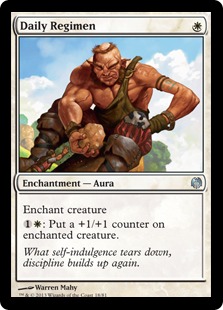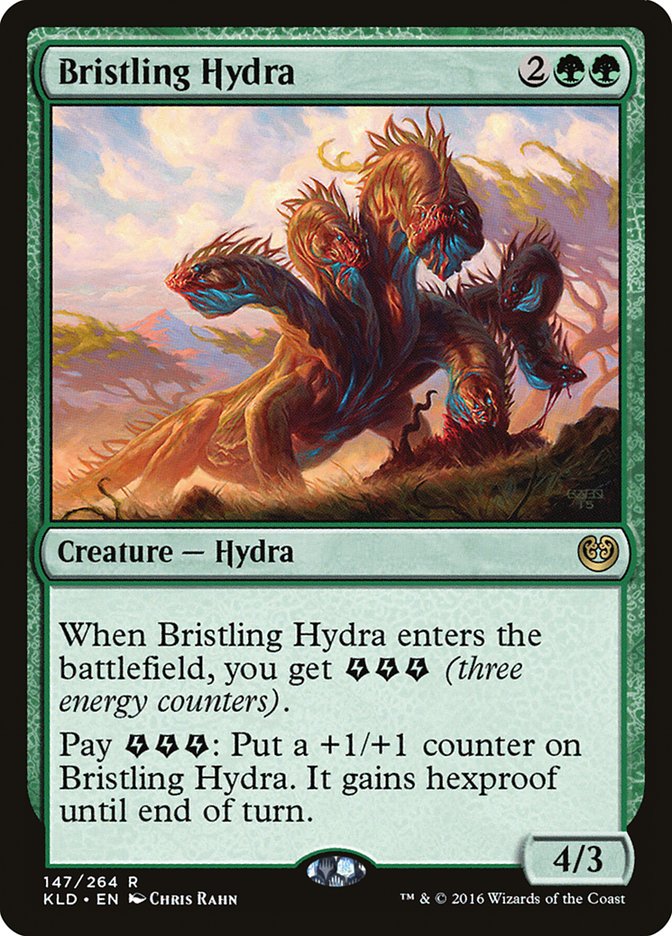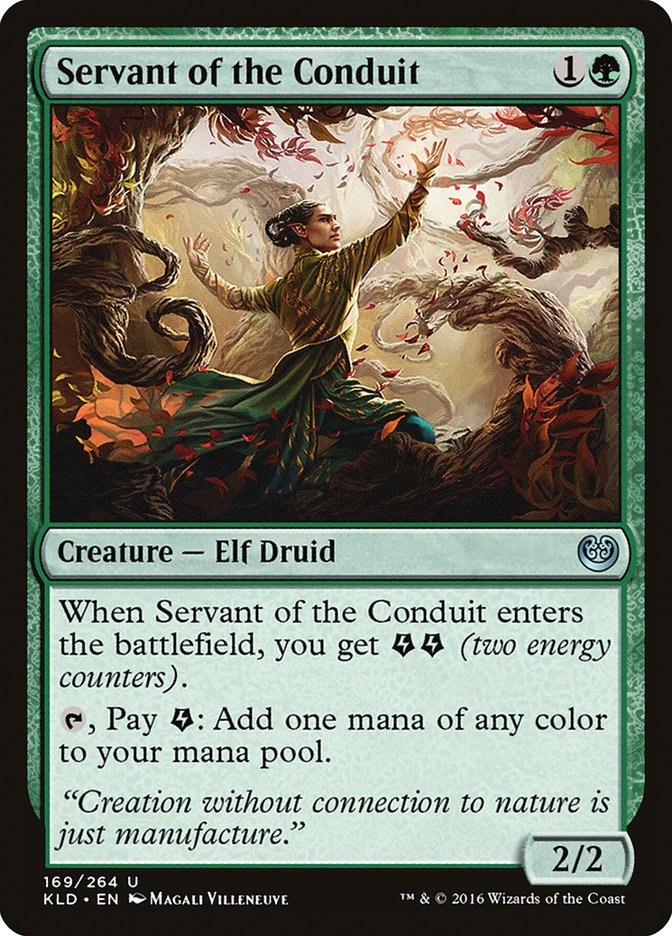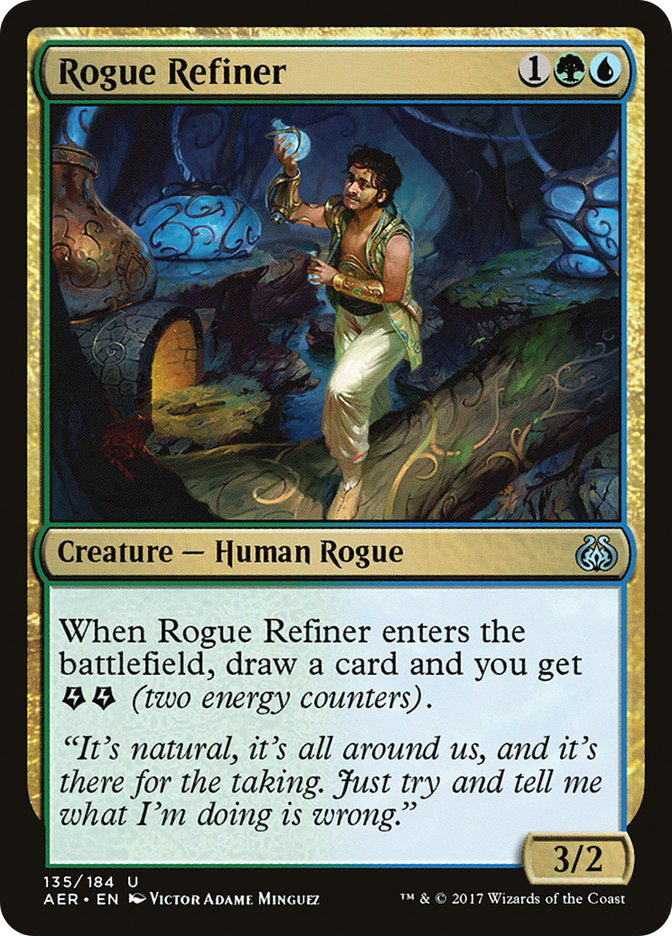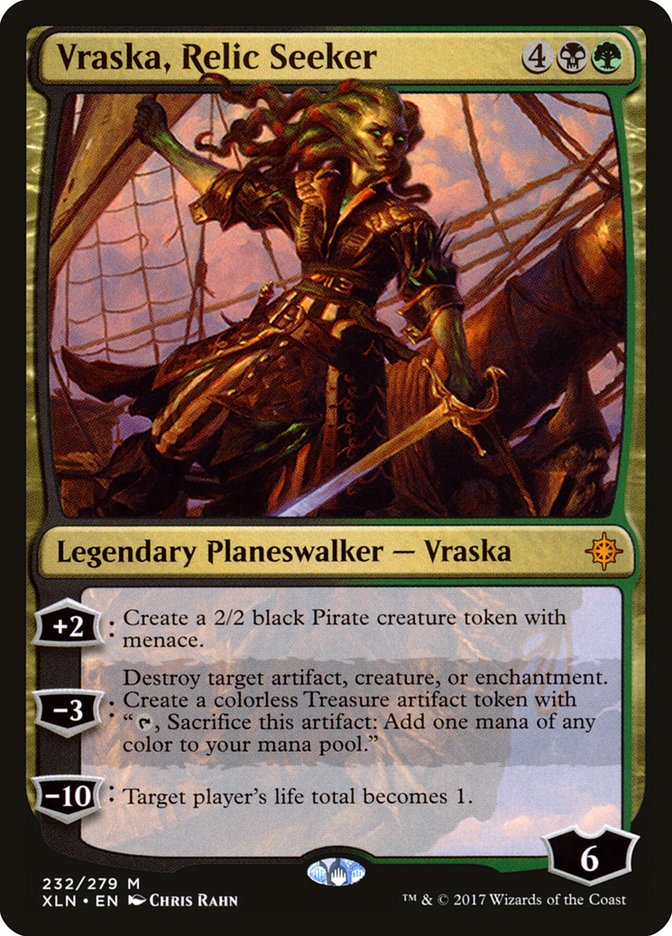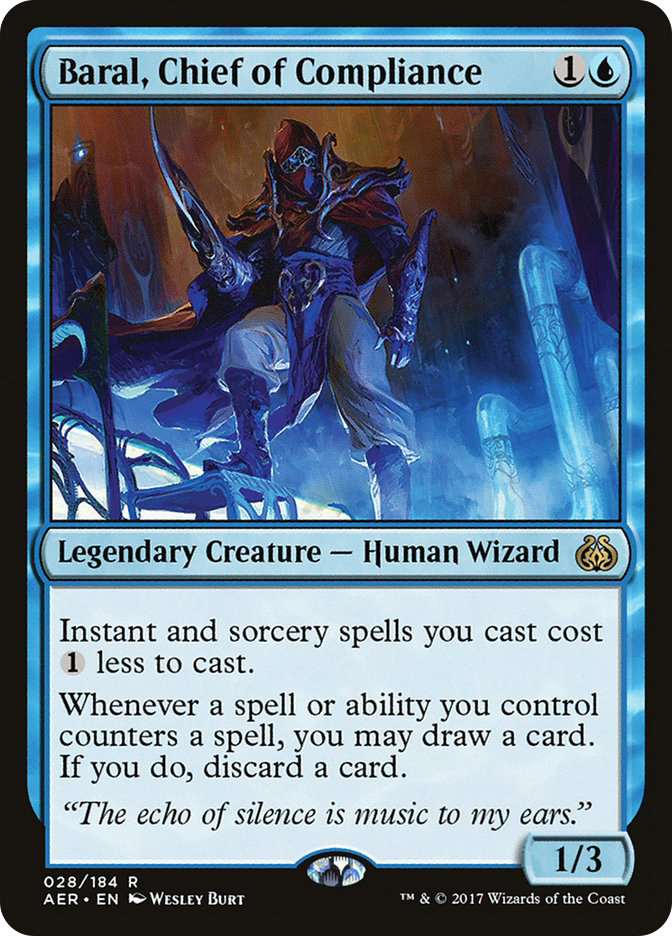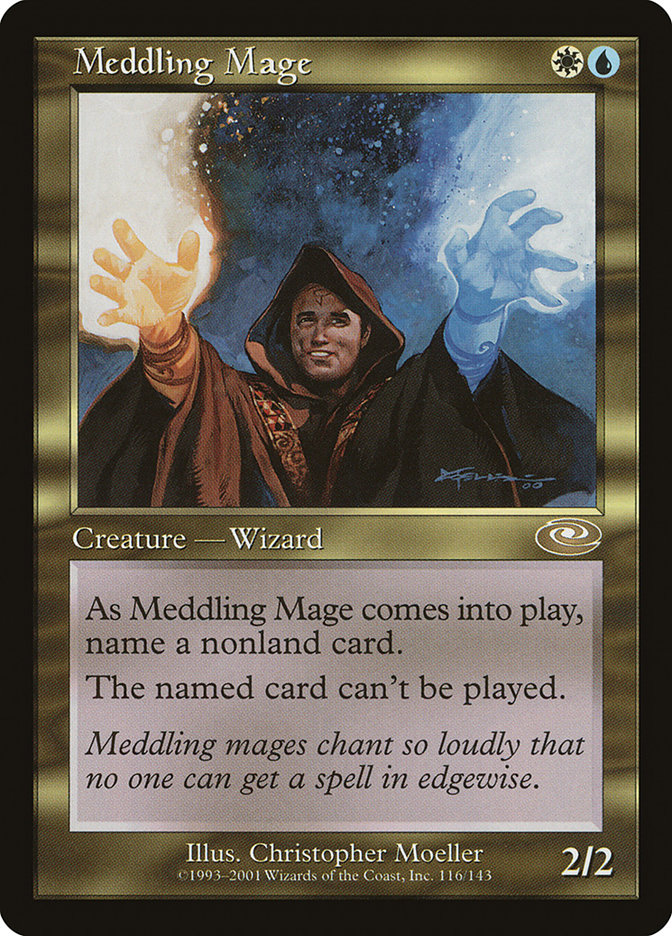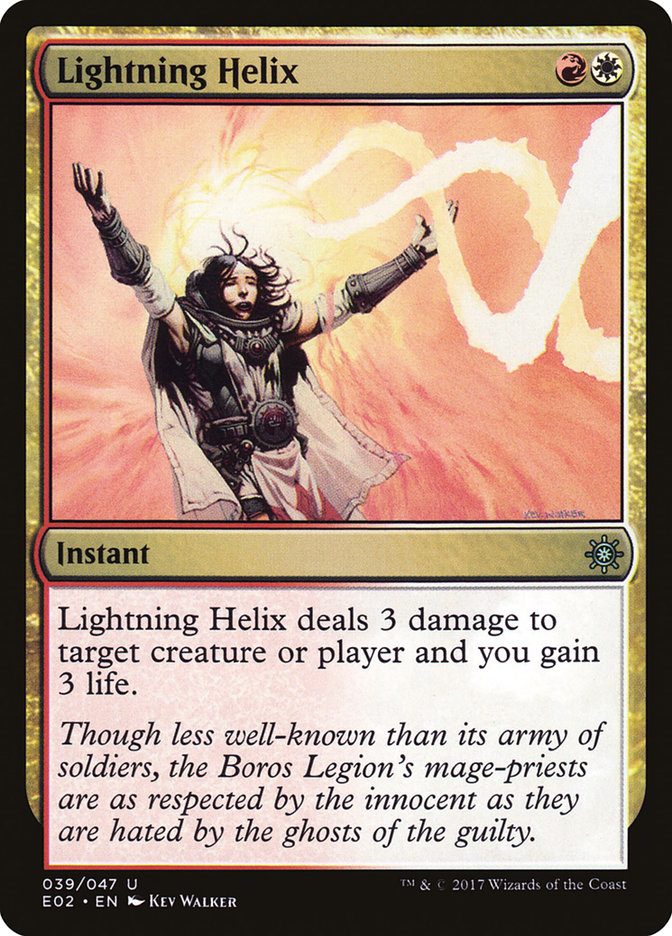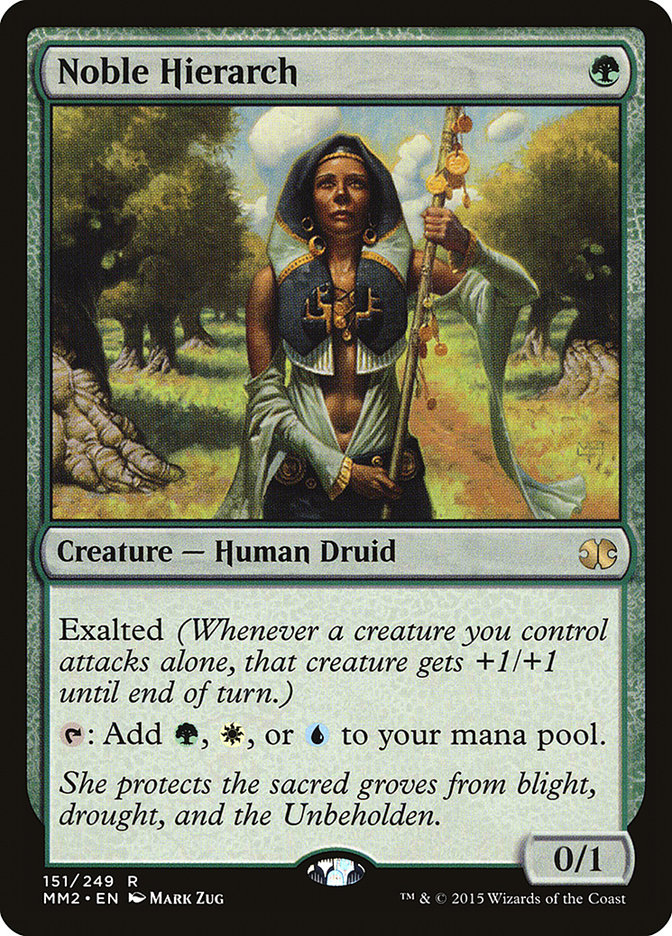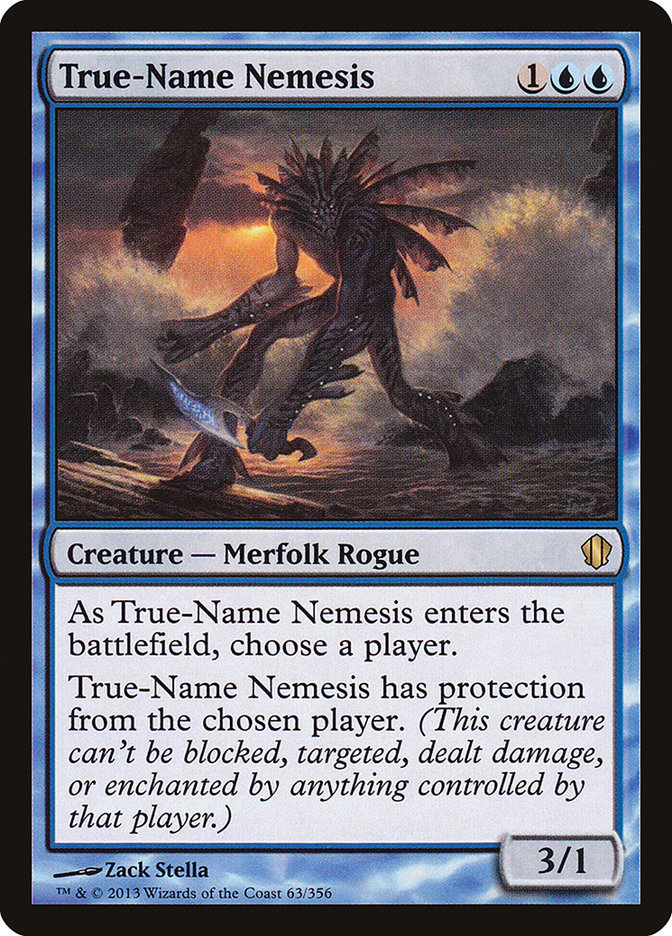This weekend is #SCGBALT, chock full of Magic-y goodness with three formats to devour. Normally such a feast would be inadvisable a week before Thanksgiving in the United States, but in this case I think there’s enough time to recover between meals so long as you hit the gym.
Everyone has their own favorites when it comes to the traditional Thanksgiving meal. Between turkey (delicious), stuffing (the best), mashed potatoes (great but overrated and don’t skimp on the garlic), and cranberry sauce (great and underrated), it’s impossible to go wrong, but I’m going to wade through each format and pick out the one dish I’m going to go back to for seconds and thirds. I just hope I leave room for dessert.
Which Energy Variant?
We all know that Attune with Aether dominates Standard and I don’t want to rehash that fact for the millionth time. For an individual tournament, you can likely find a deck that the energy decks aren’t prepared for and come out with an edge, but for a team event, I like just sticking with the best deck because you can pick up more losses than usual.
Most of the time, if you want to make the elimination rounds, you need to have a great record, but the bar is a little lower here, so long as your teammates carry some weight in the right spots. As such, raising the floor on your expected performance has a lot of value, and there’s only so wrong you can go when you start your decklist with Attune with Aether, Servant of the Conduit, and Rogue Refiner.
If you take a risk on a more fringe deck, then it’s going to be very hard to recover if you pick wrong, but even if your energy list is misbuilt by a few cards, it’s still going to be powerful, and if you’re well-prepared for the matchups, then you’ll pick up plenty of wins.
So the real question is if you want to be straight Temur, straight Sultai, or some odd blend of the two. The way I see it, the major tension is between the Sultai variants and the heavy red cards, Chandra, Torch of Defiance and Glorybringer. Put in more technical language, the more Temur-y the metagame is, the less Sultai-y you want to be.
But less Sultai-y does not necessarily mean less black. The Four-Color lists that move away from Glorybringer and Chandra for bigger cards like The Scarab God and Vraska, Relic Seeker have the edge against the more red-heavy lists. At the Pro Tour, there were enough of these inbred variants to make Sultai a sneaky good choice, in part leading to Seth Manfield’s victory.
Creatures (25)
- 4 Longtusk Cub
- 4 Winding Constrictor
- 2 Rishkar, Peema Renegade
- 4 Glint-Sleeve Siphoner
- 4 Rogue Refiner
- 3 Walking Ballista
- 1 The Scarab God
- 3 Hostage Taker
Lands (21)
Spells (14)

Last weekend, as Standard took center stage with three Grand Prix, Sultai was the least successful Energy deck, with only one copy across three Grand Prix. Temur had four copies, while Four-Color variants led the pack with eleven, though most of them were quite heavy into red with lots of copies of Chandra, Torch of Defiance and Glorybringer.
That seems like a natural reaction to the previous week, and if we follow that progression for this week, it seems time to go a little bigger and ignore Sultai Energy more. As such, I’d be looking to build my Energy deck like Yuuya Watanabe did last weekend:
Creatures (21)
- 4 Longtusk Cub
- 2 Bristling Hydra
- 4 Whirler Virtuoso
- 4 Servant of the Conduit
- 4 Rogue Refiner
- 1 Vizier of Many Faces
- 2 The Scarab God
Planeswalkers (4)
Lands (23)
Spells (12)

I know, I know. Telling you all to do what Yuuya does isn’t exactly rocket science, but we’re not trying to reinvent the wheel here. We’re trying to win matches of Magic, something Yuuya has proven to be pretty good at over the years. His list has plenty of ways to gain card advantage going long and very few cards that are easy to interact with via the removal normally found in energy lists, which is the downside of Glorybringer.
The Best Deck in Modern
As far as team events go, Modern and Legacy are usually more straightforward than Standard, which is the opposite of how it goes for individual tournaments. Modern and Legacy tend to have devotees of the format, who will take up that format for whatever team they’re on and play whatever deck they like, with the other team members deferring to their expertise.
These are the people for whom Modern and Legacy events are always straightforward, the only difference being that they are a larger portion of the metagame with two-thirds of the field focused on another format.
When you have Jody Keith on your team, you know he’s going to play Lands in Legacy and win a lot. When you have Todd Stevens on your team, you know he’s going to play a durdly pile in Modern and somehow win a lot. When you have both of them on your team, things are pretty easy.
So what happens when you don’t have a Modern ringer on your team?
Right now Storm and Humans are the decks I hear most about, but I don’t think either is the best deck in the format. Nor is Dredge, even though it did win the Modern PTQ on Magic Online last weekend, thus horrifying me that I may have missed the window of opportunity to cash in with it. My pick for the best deck in the format is actually Jeskai Control.
Creatures (11)
Lands (19)
Spells (30)

This isn’t exactly a controversial position, since the deck has several notable finishes on the SCG Tour in recent months and was one of the best-performing decks at SCG Regionals two weeks ago. It’s another flexible, powerful deck that has a high floor, making it suitable for team events, but I’m not just advising this deck since it’s a team event. This is simply a great deck.
There are several reasons for Jeskai’s resurgence in Modern. The first is Spell Queller, which I’ve been parroting Ari Lax on for awhile. Until Lightning Bolt returns in high numbers, the card will continue to be great and more people should be playing it, so I won’t go further on that one.
Second, the metagame has shifted in a way that the pile of removal in Jeskai is great. The preeminent combo deck of the format, Storm, has plenty of creatures that are key to its gameplan. Big mana decks like Tron (zero copies of Urza’s Tower in the Magic Online PTQ Top 32) and Scapeshift are receding in metagame share, and the biggest recent riser, Humans, is a deck with 37 or more creatures. Having Lightning Bolt, Path to Exile, and Lightning Helix is looking great right now.
Jeskai is still good against Affinity, and Snapcaster Mage decks have historically been good against Thoughtseize decks, even if the red removal doesn’t matchup up particularly well against their creatures, although it’s important to note that the amount of burn in this deck along with the potential of Geist of Saint Traft to act as a four-point burn spell means that Death’s Shadow pilots have to be very careful with their life total in the matchup, which you can leverage to your advantage. It’s not that hard to deal six to ten damage out of nowhere if they get sloppy, and if they slow down to prevent that outcome, you can sit back and let their Death’s Shadows rot for an extra turn or two.
Right now I’m still figuring out if I want to take the risk and play Dredge this weekend at my RPTQ, but Jeskai Control is one of my primary backup plans (Elves being the other), and it’s not because it’s a deck that I particularly enjoy playing. Except for Geist of Saint Traft. I love attacking with Geist of Saint Traft. It’s so much damage!
The Legacy Crapshoot
There are only so many Legacy specialists to go around, and if you’re not fortunate to have one on your team then you’re going to be at a disadvantage. The state of Legacy is much more opaque now that it’s not played regularly on the SCG Tour, which makes picking the right deck for the weekend a lot harder.
My primary advice here would be to put your player who has played the most Legacy (even a single tournament) and have them play whatever deck they have experience with. But if you’re a team of greenhorns with access to a vast collection, then I’d again look to the deck with the highest floor. That means playing Brainstorm and Force of Will. They’re the bread and butter of the format, and even though I may like playing combo, there’s nothing like the safe feeling of being ahead on the battlefield with Force of Will and another blue card in hand.
The fair blue decks fall into roughly two categories: Delver and Not-Delver. The Delver decks tend to be better against combo decks, since Delver of Secrets is a great clock and having four copies of Wasteland gives them another angle of disruption. The Not-Delver decks tend to be better against Delver, since they aren’t concerning themselves as much with beating combo decks.
I’d generally expect the metagame to skew more blue in a team event with fewer players showing up with the spare deck their Legacy playing friend has after they built their fair blue deck, which makes the Not-Delver decks more appealing. Of the various flavors of these decks, Four-Color Leovold (don’t even talk to me about calling it Czech Pile) would be my preferred take:
Creatures (14)
- 3 Snapcaster Mage
- 3 Baleful Strix
- 4 Deathrite Shaman
- 1 True-Name Nemesis
- 2 Leovold, Emissary of Trest
- 1 Kess, Dissident Mage
Planeswalkers (2)
Lands (20)
Spells (24)

You could opt for something like Deathblade if Stoneforge Mystic is your thing, but personally I don’t like casting Squire. Seriously, I hate Stoneforge Mystic in Legacy so much. It’s slow and Batterskull isn’t what it used to be. Also, if you have to equip your True-Name Nemesis to win with it, something is wrong. I hate naturally drawing the Equipment at nearly every time and taking that space away from better individual cards.
If your Legacy pilot is more comfortable playing aggressively, then Grixis Delver is a perfectly fine deck, but trying to pilot that deck in a field of fair blue decks without a lot of experience is going to be a tough challenge.
You may even be tempted to give an inexperienced Legacy pilot something simple like Sneak and Show or Burn or Belcher, but honestly, those decks are enough worse than the top tier that I think you’re better off throwing them to the wolves. Even if you decrease your chances slightly in the short term, which I’m not at all confident would be the case, you’ll be much better prepared for any upcoming team tournaments. And by all measures, the number of them is going to do nothing but increase.
Remember, all of this advice is for those teams who don’t have a confident, experienced pilot in a given format. Always play to your team members’ strengths. Most importantly, trust them to pilot the deck they play.
There’s a lot of temptation to talk a lot as a team because it’s something you can’t do in an individual tournament. But unless you’ve been following along with the game from the beginning, it’s going to be hard to figure out everything your teammate has with regards to the strategy they are implementing and what they think their opponent is doing or holding in their hand. Butting in will almost invariably distract them from what they are doing and could give valuable information away, so I prefer to keep the communication to a minimum except during sideboarding or when you’re there from the beginning of the game.
The lesson in all of this is harmony. We may disagree about what decks to play, what lines of play to take, or what Thanksgiving food is best, but I think we can all agree about two things. First, this is going to be a pretty sweet two weeks. Second, the best part of Thanksgiving is leftover sandwiches on Friday. And Saturday. And maybe Sunday, if you’re lucky.


